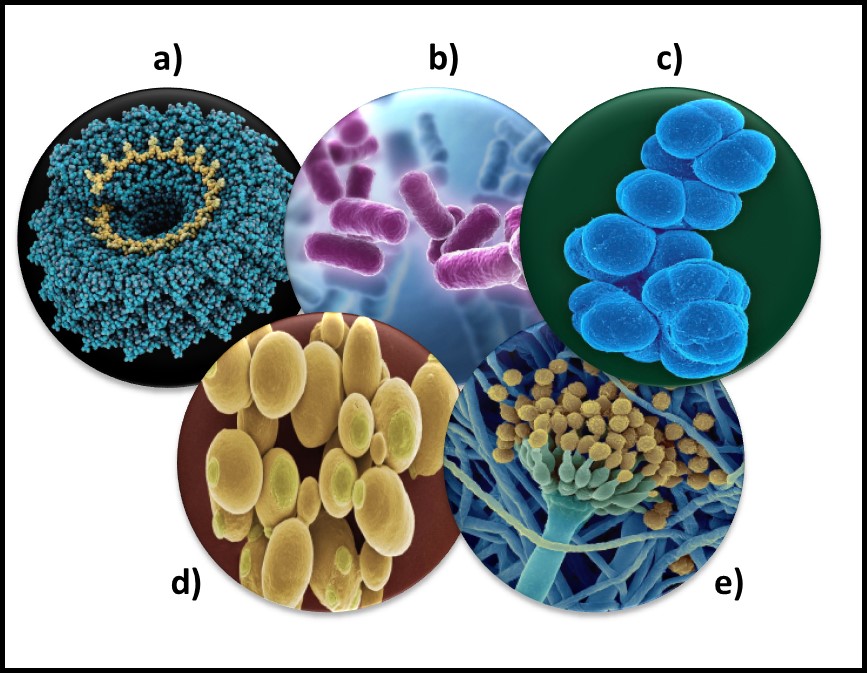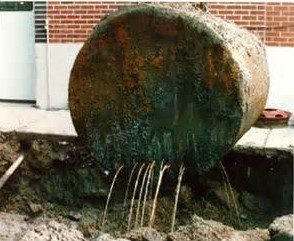
Tree of life
All Organisms Share Common Characteristics
As I explained in April’s column, all life forms share at least six common properties (variations of this list that include additional properties):
Order
Growth
Homeostasis
Metabolism
Reproduction
Respiration
In April I focused on order and growth. I followed with a discussion of homeostasis and metabolism in May. In this month’s article I will focus on reproduction.
Reproduction
The online…
READ MORE



